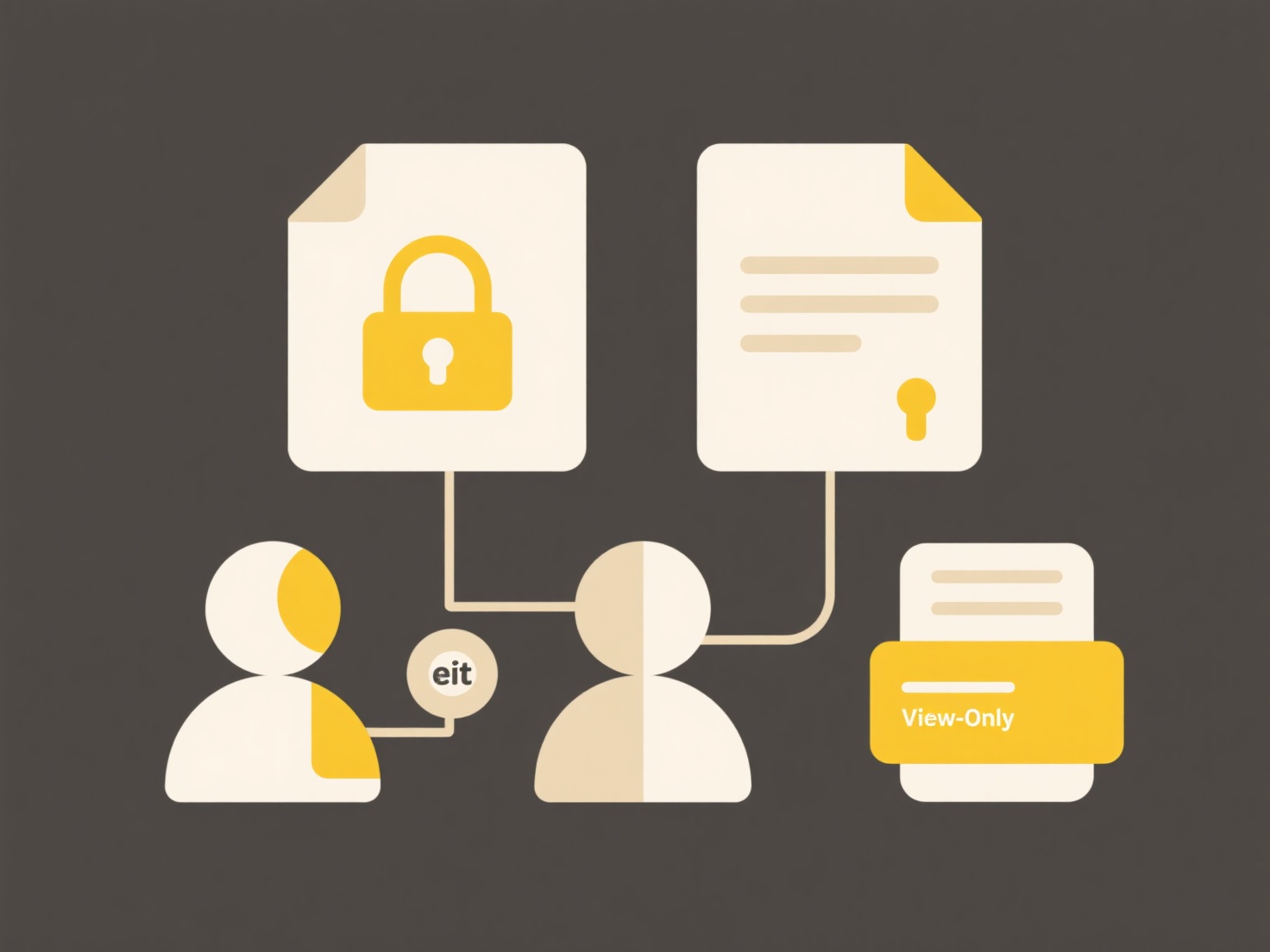
Archiving entire folder structures in the cloud involves securely storing inactive files and directories long-term, preserving their original organization and content for compliance or historical purposes. This differs from basic cloud backups or syncing, which often continuously protect active files. Archiving emphasizes immutable retention, reduced access frequency, and potentially lower storage costs via specialized tiers (like Glacier or Archive Storage) not intended for day-to-day work.

Organizations commonly use this for compliance records or completed projects. A financial firm might archive tax documentation folders intact for seven years using solutions like Box Governance or Microsoft 365 Advanced Archive. Similarly, engineering teams might archive entire project directories containing designs and communications in cloud storage like AWS S3 Glacier or Azure Blob Archive after product launch.
This approach ensures data integrity and reduces primary storage costs. However, archived data retrieval can be slow (hours or days) and incur access fees, making it unsuitable for active data needing immediate use. Ethical compliance requires robust access controls to protect sensitive archived information. Future developments focus on automating retention policies and improving search within large archives while maintaining security.
Can I archive whole folder structures in the cloud?
Archiving entire folder structures in the cloud involves securely storing inactive files and directories long-term, preserving their original organization and content for compliance or historical purposes. This differs from basic cloud backups or syncing, which often continuously protect active files. Archiving emphasizes immutable retention, reduced access frequency, and potentially lower storage costs via specialized tiers (like Glacier or Archive Storage) not intended for day-to-day work.

Organizations commonly use this for compliance records or completed projects. A financial firm might archive tax documentation folders intact for seven years using solutions like Box Governance or Microsoft 365 Advanced Archive. Similarly, engineering teams might archive entire project directories containing designs and communications in cloud storage like AWS S3 Glacier or Azure Blob Archive after product launch.
This approach ensures data integrity and reduces primary storage costs. However, archived data retrieval can be slow (hours or days) and incur access fees, making it unsuitable for active data needing immediate use. Ethical compliance requires robust access controls to protect sensitive archived information. Future developments focus on automating retention policies and improving search within large archives while maintaining security.
Quick Article Links
What’s the best way to migrate from local to cloud storage?
Migrating from local to cloud storage involves moving data from physical on-premises devices (like servers, NAS, or hard...
Does Wisfile allow rule-based classification?
Does Wisfile allow rule-based classification? Wisfile enables fully customizable rule-based file classification using...
Can I limit how many times a file is downloaded?
Limiting file downloads restricts how many times an authorized user can retrieve a copy of a file hosted online. It diff...